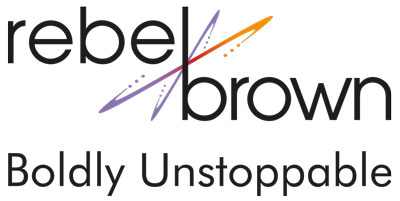We all have a brain like a sieve. It’s how our mind is designed to manage the enormous volume of data we take in every single second.
The challenge in our modern world is that this sieve design results in defective data that skews our experience, our supposed facts and our decision making.
Here’s how it works.
Why Design a Brain Like a Sieve?
We’ve all been told that the human mind/brain is an amazing computer, the biggest and baddest on the planet. Guess what? It’s not.
Here’s a brain fact. Our conscious mind is the slowest computer around, able to process a mere 57 bits/second. That’s less than the world’s first floppy-based PC. Seriously.
Our unconscious mind has greater processing power, filtering some 11M bits/second to select 127 bits to give to our conscious mind… which then randomly dumps more than half of that information to reach the 57 bits it can manage. But don’t think your unconscious mind is some whizbang processor just because it filters 11M bits every second. Why? Because it’s sloppy and highly slanted in how it filters that much data.
Our unconscious minds filter our information, our reality, based on what we expect, what we already know and what we focus on at any given time. That’s why we have brain like a sieve syndrome. We filter 99.995% of our data out of our experience.
That’s right. Our minds filter the data from our world to match our individual status quo.
- The first thing it does is delete any information that it doesn’t think is relevant to the situation at hand. Like that new opportunity that is so innovative, so unique, so simply breakout. Your unconscious mind most likely won’t recognize it as the next best thing. Instead, it will match it to what you already know, see it as too different and delete it. The result? Your conscious mind will never see the potential of that next best thing.
- The next thing it does as a filter is to distort information... so that it matches what you expect. Ever watched a football game with two opposing fans in the room? One sees a penalty as absolute truth, the other swears nothing happened that deserved those 15 yards. Each fan’s mind distorted the same exact information so that it matched their beliefs, focuses and expectations. The same thing happens with our businesses.
- Finally, our minds generalize our information to make it fit into well known categories. See a big brawny guy coming out of the gym? Your mind will assume he’s an athlete. Not a physical therapist or even a nurse. See a woman in rags on the street? She’s homeless. Not an actress rehearsing a part or someone whose protesting poverty. See a customer that resembles the last one? Our minds will assume everything falls into known categories and stop exploring for uniqueness.
Our Brains Distort the Way We See Our World
That’s the bottom line when it comes to brain like a sieve syndrome.
Put 100 people in a room and every single one of them hears a different presentation, sees a different reality, walks away with a unique feeling about, and understanding of, the information presented. All based on their own expectations, knowns, beliefs and decisions. Yep, we are all unique in what we experience, even standing next to each other. But it’s also a part of being human.
Which explains why the same people can participate in the same meeting and walk away focused in significantly different directions. All believing they are on the right track, following the direction given in the meeting.
It’s a wonder we manage to agree on anything. But then, we’re each assuming that everyone else is seeing, hearing and feeling what we see, hear and feel in our world. We’re assuming agreement.
Which is yet another really poor assumption.
Image courtesy of







1 Comment
Luke Weil - Pinterest
July 20, 2015 - 9:59 pmLuke Weil – Pinterest
Why Your Brain is Defective – Rebel Brown